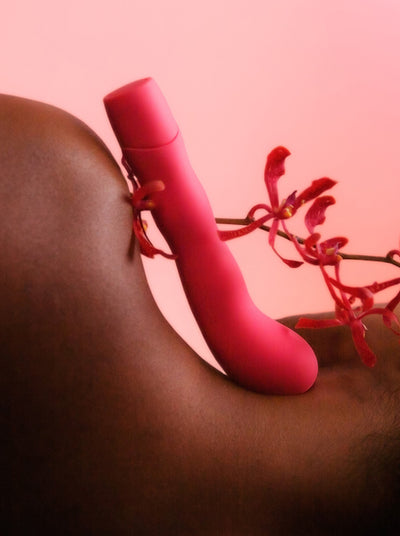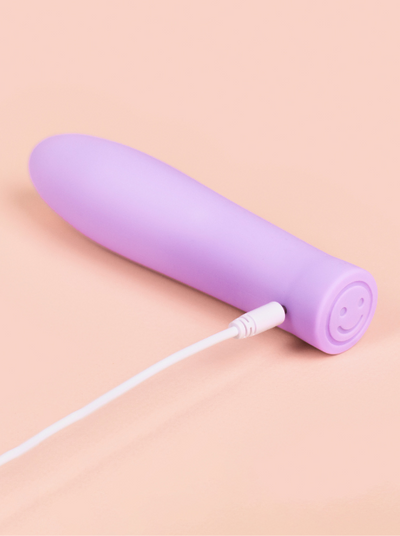Understanding the female orgasm has not ignited interest only from curious men and women: science has been working on it for 50 years. In the 60s, Master and Johnson, two American sexologists – whose Masters of Sex series romanticized the story – wanted to know more about this fascinating phenomenon.
The 4 phases of the sexual response cycle.
They detected 4 phases in the arousal process, both male and female, that can occur as desire rises. Each of these stages leads to bodily and neurological reactions, with different intensities depending on the individual and the circumstances.
"The sexual response cycle’s phases are the same for all genders. However, people may respond differently to stimuli depending on their sexual organs" (Charmley, 2022).
Here are the 4 stages of the female sexual response cycle with what happens in the body:
The excitement phase: arousal builds up.
During this phase, breathing rate and heart rate increase, blood pressure rises, and muscle tone gets stronger. Skin and genitals are more irrigated, a phenomenon called ‘vasocongestion”. The clitoris swells, and the vagina lubricates. The lips of the vulva open.
Excitement stabilizes in a plateau phase.
The clitoris becomes much more sensitive, and it retracts. The opening of the vagina narrows as a result of increased blood flow. The length of this phase can vary with circumstances.
During these first two phases of the sexual response cycle, the brain activity changes: specific areas of the sensory cortex are activated by stimulation of the erogenous zones. Oxytocin, also called “cuddle hormone”, is released into the hypothalamus
Orgasm unrolls with a discharge of tension.
Blood pressure, heart rate and breathing speed up again. Different sensations can overwhelm the body, more or less localized: heat in the lower abdomen, in the breasts, … These sensations are caused by the release, in the brainstem, of dopamine, one of the hormones responsible for pleasure. In women’s brain – but not in men’s – activity in certain areas ceases when arousal reaches its climax: notably the left orbitofrontal cortex which would be responsible for self-control, and the dorsomedian prefrontal cortex which plays a role in the moral emotions. As if women were disabling some psychological locks to reach orgasm.
During the female orgasm, muscles of the anus and of the vaginal wall contract uncontrollably. These phenomena stop quite suddenly.
Resolution phase as the body relaxes and slows down.
Muscle tension decreases, and bodily functions return to normal. Different feelings may appear: fatigue, well-being, letting go, safety and closeness to the partner. These feelings are induced by the fact that neurotransmitters block the release of dopamine and prolactin, leaving feeling satisfied and content.










